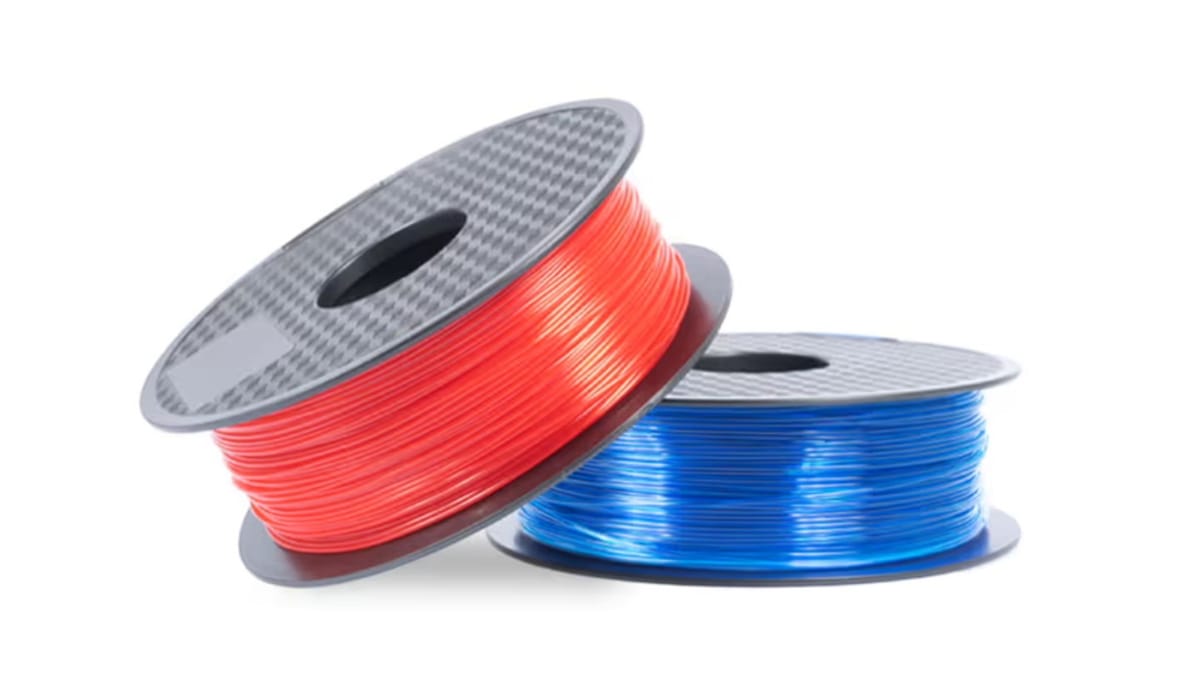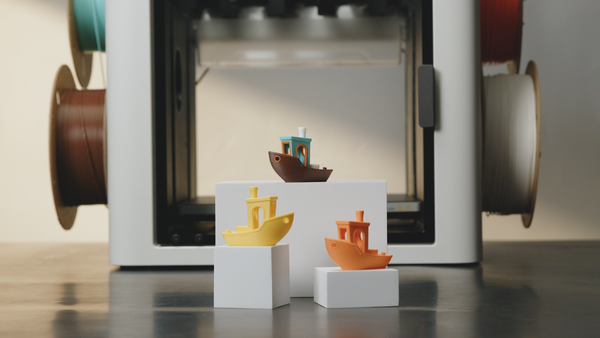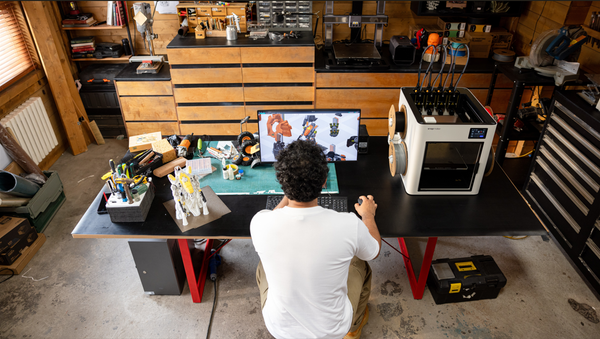What Is PETG Filament Used For? Key Uses and Benefits

PETG filament has quickly become one of the most sought-after options. But what is PETG filament used for?
PETG's practical and easily adaptable qualities make it important in projects that require durability, sometimes beauty, and chemical resistance. In functional parts and for creative, artistic models, PETG is consistently the material of choice among the 3D printing audience.
Additionally, this guide will delve into the details of PETG filament, its notable advantages in 3D picture printing, issues and solutions that are often met, and a review of the common activities where it is utilized. You will also find information on where you can obtain quality PETG filament and how to maximize its usage in your projects.
What Is PETG 3D Printing Filament and What Does It Do?
PETG is a material used in 3D printing, which is a combination of both PLA and ABS filaments. PLA endures lower temperatures as it becomes brittle when exposed to heat, whereas ABS is more heat resistant with the addition of other toxins and chemicals. Due to the chemical structure, PETG includes a glycol compound that allows better flexibility and durability, making this filament resist more stress than pure PLA. Demand for this filament has rapidly increased as it offers a strong, all-purpose material for industrial and artistic purposes.
| Property | PETG | ABS | TPU | PLA |
| Fumes | Non-toxic (requires ventilation) | Toxic | Non-toxic (requires ventilation) | Non-toxic (requires ventilation) |
| Hygroscopic | Yes | Yes | Yes | Yes |
| Heated Bed Temperature | 70-80˚C | 90-100˚C | 25-60˚C | 50-65˚C |
| Extruder Temperature | 230-240˚C | 245-265˚C | 210-230˚C | 190-220˚C |
| Biodegradable | No | No | No | Yes (but it takes around 80 years) |
| Strength/Impact Resistance | Very good (prone to scratches) | Good | Very good | Medium |
| Recyclable | Yes | Yes | Yes | Yes |
Benefits of PETG Filament in 3D Printing
- Durability: PETG is tough and resistant to impact; thus, functional and enduring items like mechanical parts and protective casings, among others, can be 3D printed.
- Flexibility: PETG has a moderate degree of flexibility, making it a good choice for making slightly bending items such as pots or fixtures.
- Chemical and Weather Resistance: PETG also withstands chemical attacks and UV light, so it would be useful for outdoor applications or those incorporated into industries with extreme environments.
- Transparency and Gloss Finish: Designed for advanced use, PETG filament can create transparent, glossy parts for images of containers or displays of marketed products.

These features have made PETG a top choice for functional and aesthetic projects in 3D printing, allowing creators to work across various applications that demand durability, flexibility, and even visual appeal.
Common PETG Printing Issues and Solutions
Nevertheless, while PETG is flexible and strong, it can cause certain problems when 3D printing. Let us look into some of these issues encountered when printing with petg and their possible solutions.
- Stringing Issues: PETG can leave tiny, thread-like strands or “strings” on the print. To reduce this, adjust the retraction settings of the 3D printer and optimize print temperature to limit filament oozing.
- Bed Adhesion Problems: Larger PETG prints can sometimes lift or warp due to poor bed adhesion. Increasing the bed temperature and using adhesives or textured bed surfaces can help secure prints.
- Layer Bonding Issues: Weak layer bonding can cause prints to separate along the layers, weakening the final product. Adjusting PETG printing temperature and cooling settings can enhance adhesion between layers.
- Brittleness: PETG prints can be brittle if not optimized, making them prone to cracking under stress. Adjust infill density, cooling speed, and print speed to achieve greater resilience.
- Overheating & Blobs: Overheating may cause blobs or excess material buildup, affecting surface quality. Controlling print speed and fan settings can prevent this, yielding a smoother surface finish.
PETG printing issues can be effectively managed with these adjustments, ensuring quality results for each project.
Where Can You Buy PETG Filament for Your 3D Printer?
If you are also curious about the best sites to buy high-grade PETG filament, then search no more than Snapmaker. This site provides the top quality PETG filaments which are suitable for your printing needs. To make things even easier, Snapmaker’s 3D printer filaments are also sold on the internet.
What PETG Filament Can Do for Your 3D Printing Projects
PETG filament is an excellent option if the application is for a functional box, complex mechanical elements or aesthetic design products. Its extraordinary properties facilitate manufacturing of durable and aesthetic printouts regardless of stress and environmental conditions.If you want to discover what PETG can offer in your 3D printing ventures, look no further than the high-quality PETG filament currently available at Snapmaker and enjoy the quality performance without any compromises. Here you can learn the advantages of using PETG.




